The Amazonian giant centipede is appropriately named as the world’s largest species of centipede. They live in parts of South America.
 |
| Giant Centipede |
These carnivorous animals are able to eat a wide range of animal prey including insects, small mammals such as bats, amphibians and lizards.
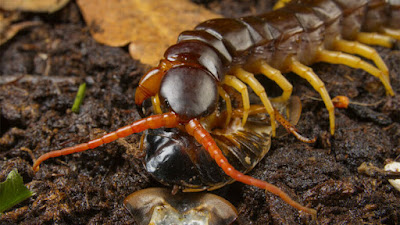 |
| Centipede |
Males deposit their sperm on to a silk pad which the female can then collect and use to fertilize her eggs. They are threatened by the spraying of pesticides.
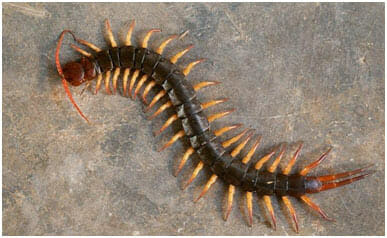 |
| Appearance |
– Appearance –
Amazonian giant centipedes are most notable for their long body which features numerous legs down either side.
 |
| Giant Centipede |
They form part of the myriapod family with millipedes. Myriapod means ‘many legs.'
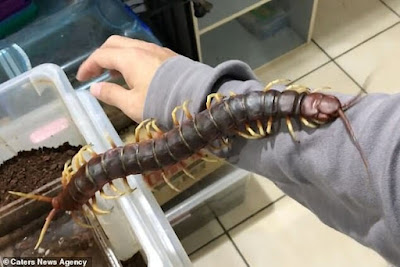 |
| Giant centipede |
Despite the name centipede meaning one hundred feet the Amazonian giant centipede only has 46.
 |
| centipede |
These are attached in pairs to a body segment with one on either side of the body.
Centipedes can be differentiated from millipedes as centipedes have one pair of legs per body segment compared to two per segment for millipedes.
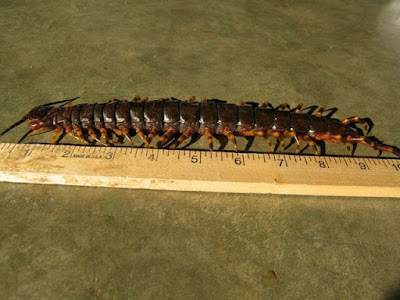 |
| centipede length |
The body segments are colored reddish-brown while the legs are yellowish-brown.
On either side of the head are two simple eyes but these give them poor vision.
Most of their prey is found using the long, sensitive antennae which extend out from the head.
At the front of the head are the forcipules which resemble a claw. These are used to inject venom in to prey which they seize.
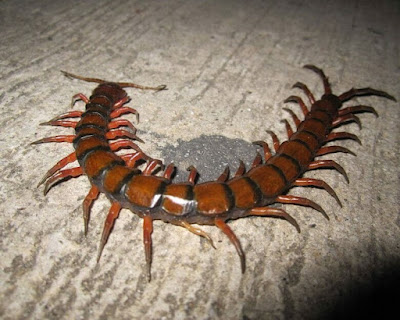 |
| centipede |
They can reach a body length of up to 30cm (11.75in) long.
– Diet –
Amazonian giant centipedes are carnivores.
They feed on any small animals they come across including invertebrates, lizards, amphibians and small mammals such as mice or bats returning to their cave at night.
These animals can hang upside down from cave roofs to catch food.
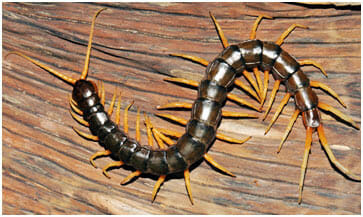 |
| centipede |
Once caught prey is injected with venom from the forcipules which will then paralyze or kill the victim allowing them to tear apart and eat the victim with little resistance.
